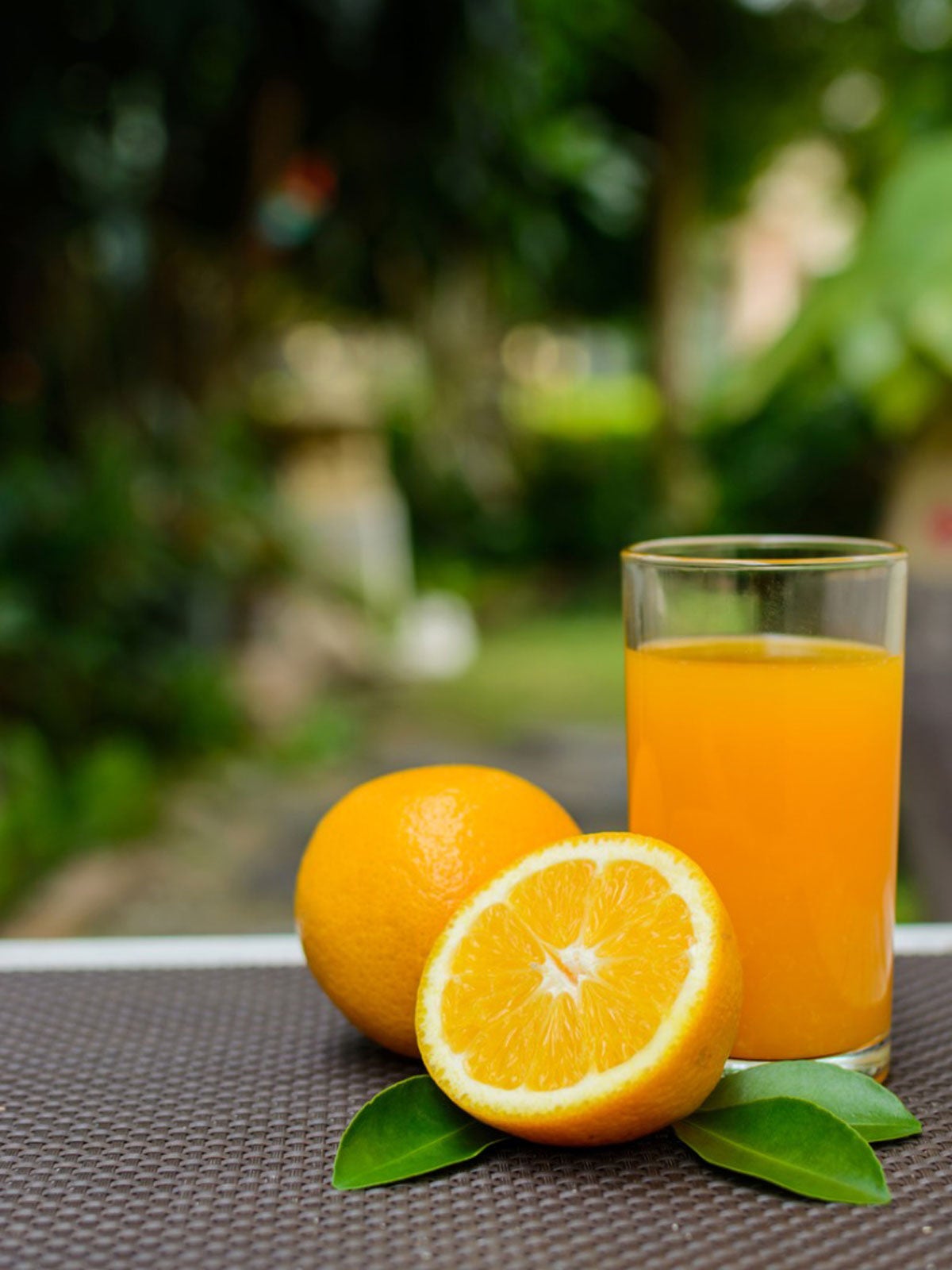

To our knowledge, no investigation has addressed the use of Mao fruit juice as a natural preservative in chiffon cake. In addition, the phytochemical contents and antioxidant activity of the fruit juice and its application in food systems were investigated.

In this work, we are reporting, for the first time, on antifungal activity of Mao fruit juice. This research is aimed at evaluating the antibacterial activities of Mao fruit juice against foodborne pathogens and food spoilage microorganisms. There is a lack of reporting on the antimicrobial potential of the fruit juice against food-related microorganisms, especially spoilage molds. However, only antibacterial activity of Mao fruit extracts against a limited number of pathogens was reported. Mao fruit extracts exhibited antimicrobial properties.

While the fruit juice contains high amounts of several bioactive components such as phenolics, ascorbic acid, anthocyanins, and flavonoids. Seeds and marcs are abundant sources of polyphenols and proanthocyanidins. The main polyphenolic components in the fruits are gallic acid, (-)-epicatechin, (+)-catechin, and cyanidin-3-O-glucoside. Furthermore, anthocyanin, flavonoids, and phenolic acid were present in the methanolic fruit extracts. Whole fruits have confirmed the presence of phenolic compounds. However, the various parts of Mao fruit have differences in their phytochemical compounds. Mao fruits have also been reported to contain phytochemicals that have great antioxidant potential and provide various biological activities. Ripe fruit is rich in 5-hydroxymethylfurfural (HMF), several volatile compounds, organic acid, long-chain fatty acid, and photochromic compound. Mao fruit is well-known in Thailand for its use in soft drinks, wine, and healthy foods. Almost all parts of this plant are used for the treatment of various disease due to having cytotoxic, antidiabetic, antioxidant, antiradical, thrombolytic, antiplatelet, anticoagulant, antidysenteric, antimicrobial, antihypertensive, anticancer, and sudorific activity. It is a tropical fruit commonly found in Northeast Thailand. Arg., known as “Mao” in Thai, is in the family Phyllanthaceae which is most diverse in South-East Asia. IntroductionĪntidesma thwaitesianum Müll. These results support the possible use of Mao fruit juice as an antimicrobial agent and a natural food preservative. The treated chiffon cake had a shelf-life of 7 days, compared to 3 days for the untreated control. The addition of 5% fruit juice extended the microbial shelf life of chiffon cake. In antioxidant activity assay, the juice exhibited moderate DPPH and ABTS + radical scavenging and ferric-reducing activities. Analysis of the phytochemical contents of the juice showed that the total phenolic and flavonoid contents were 20.07 mg GAE/g and 3.57 mg QE/g, respectively. Furthermore, the fruit juice increased the lag time of spore germination of P. Of significance was that the juice had excellent antifungal activities against Aspergillus flavus TISTR3135 and Penicillium digitatum ATCC10030. The minimum inhibitory concentration ranged from 25 to 100 mg/ml. The fruit juice had antibacterial activity against Bacillus cereus TISTR1527, Staphylococcus aureus TISTR2329, Listeria monocytogenes DMST17303, Pseudomonas aeruginosa TISTR357, Salmonella Typhimurium DMST562, and Escherichia coli TISTR074. This study investigated the potential of its fruit juice as a food preservative based on its antimicrobial activity against food-borne pathogens and spoilage. or Mao is well-known in Thailand for its use in soft drinks and wine.


 0 kommentar(er)
0 kommentar(er)
